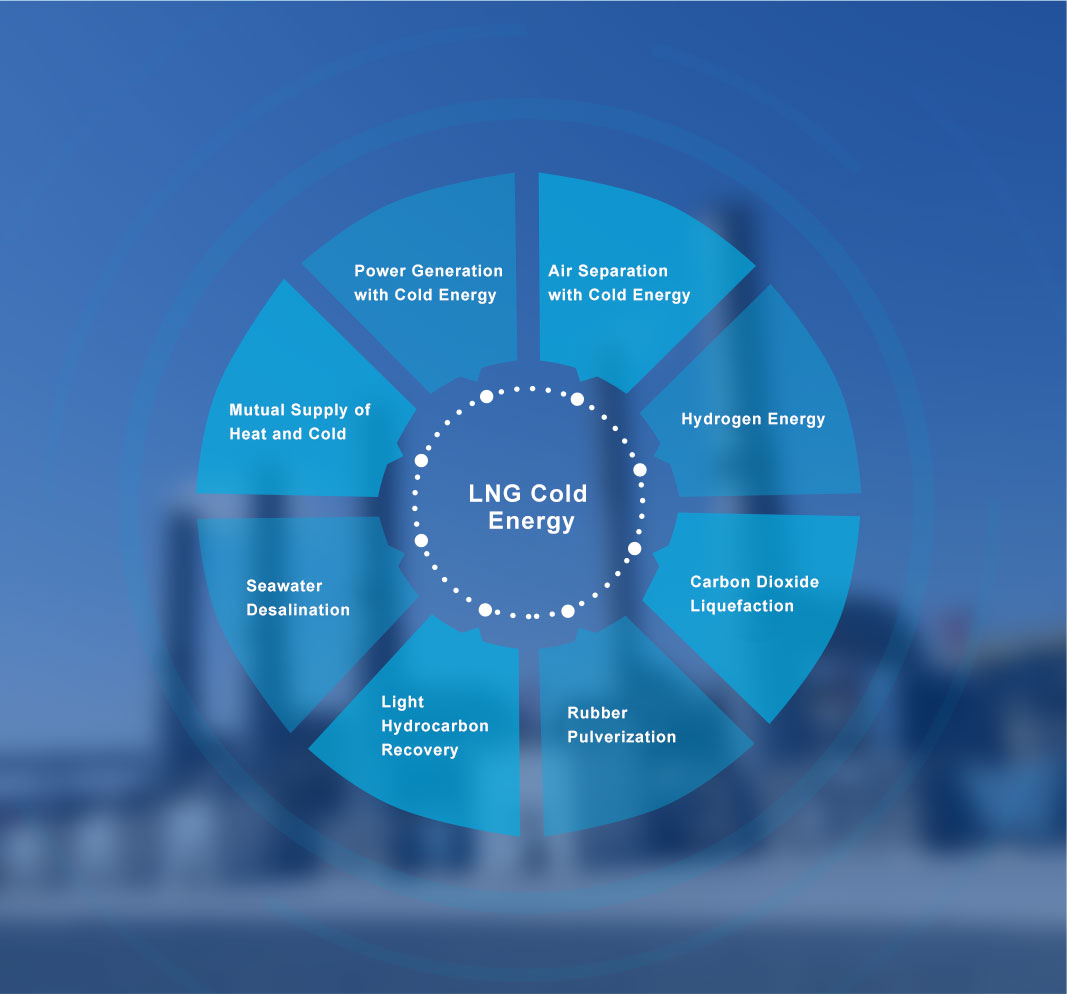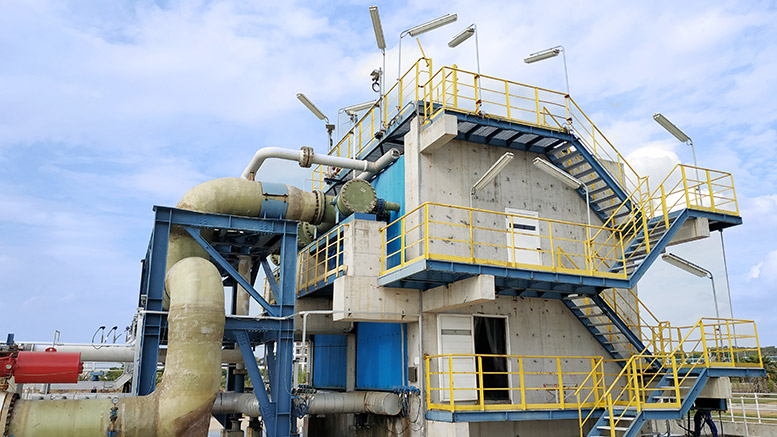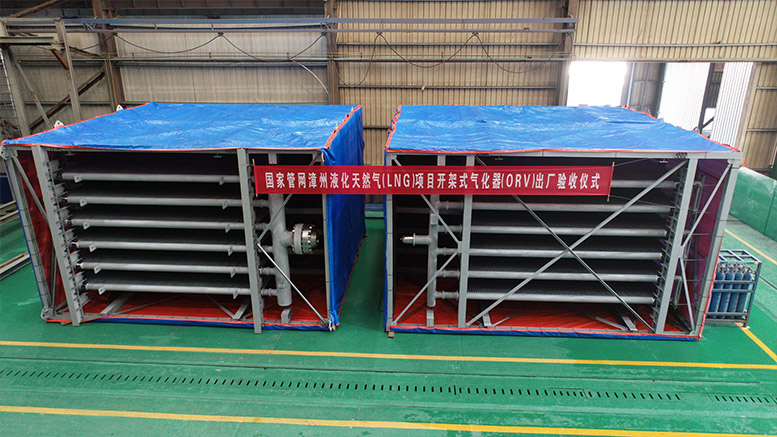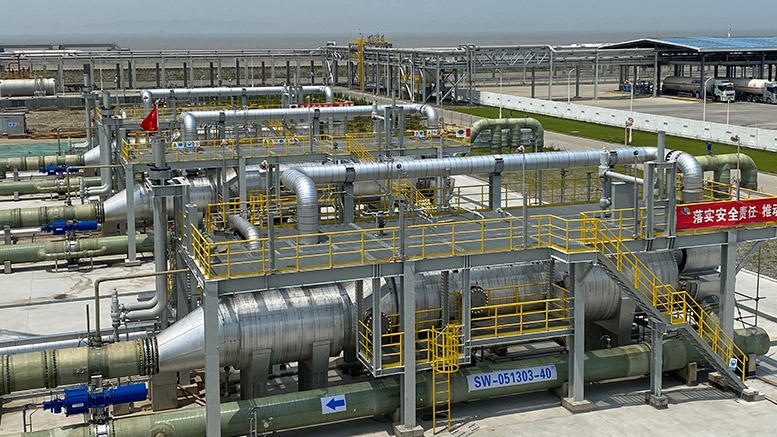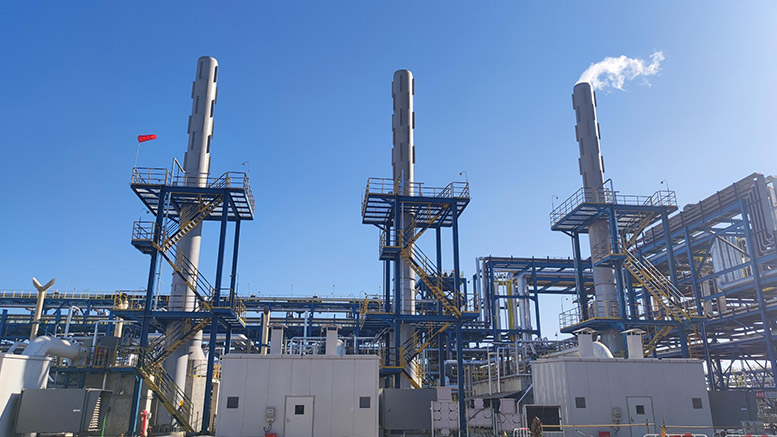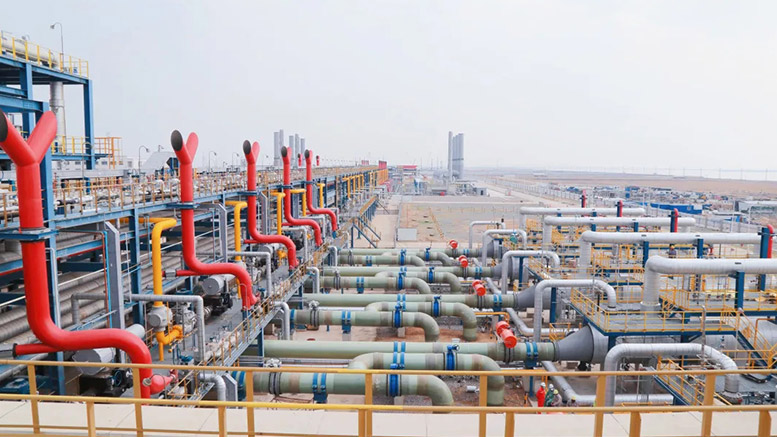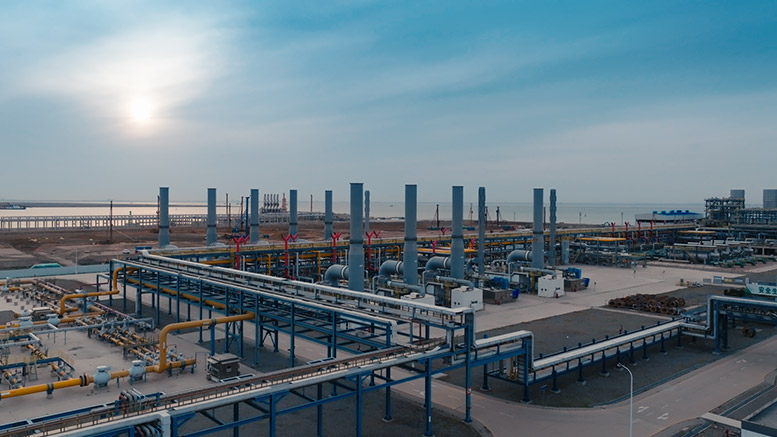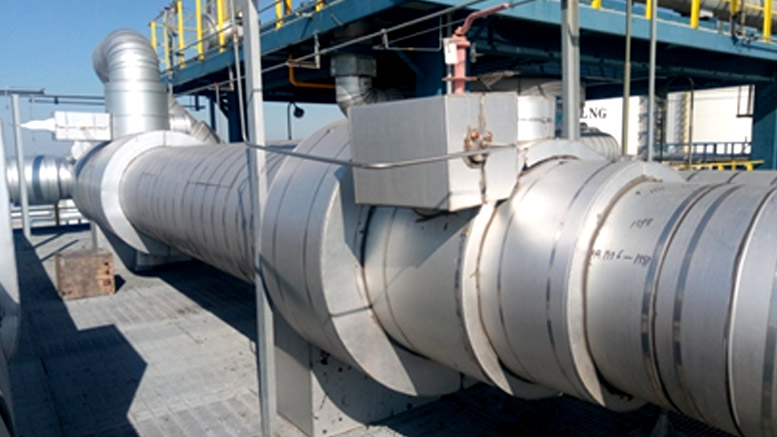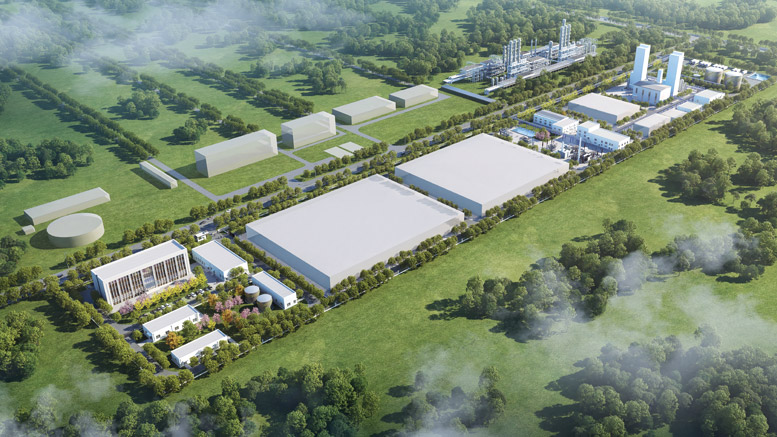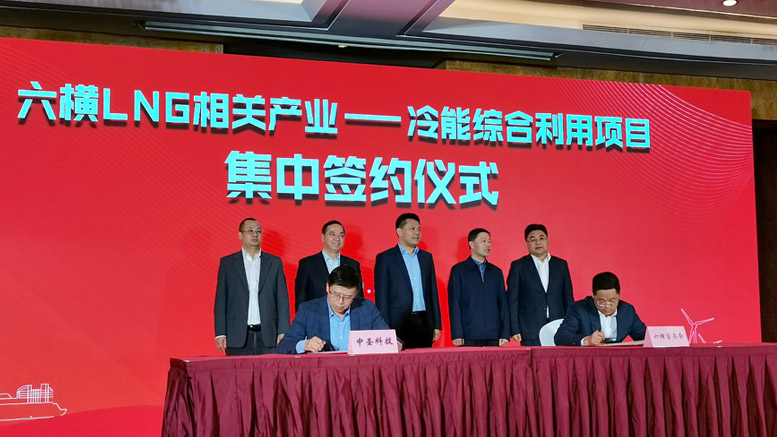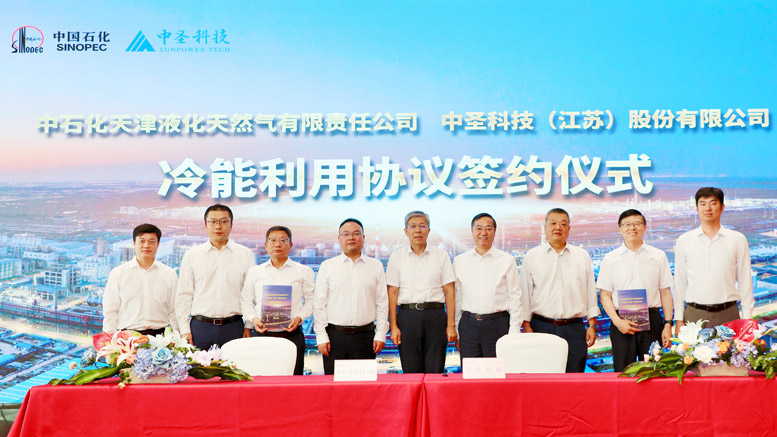Natural gas is a critical energy resource widely used in residential fuel, industrial and agricultural production, power generation, and transportation. It is typically stored and transported in liquid form at -163°C. For practical use, it requires heating to regasify to ambient temperature. Expanding 650 times in volume from -163°C to ambient temperature, natural gas imposes extremely high requirements on transportation and storage equipment and technologies.
Since 2012, consigned by SINOPEC and CNOOC, our company has undertaken the R&D project for the domestic manufacture of LNG gasifiers. We have successfully developed the ORV, IFV, and SCV models, facilitating the localization of LNG gasifier production. These efforts have led to the successful operation of domestically manufactured LNG gasifiers at major LNG reception stations like Sinopec Tianjin and Qingdao, CNOOC Jiangsu, and various State Grid facilities in Beihai, Hainan, Zhangzhou, and Yudong. This achievement marks a significant contribution to the domestic production of LNG gasifiers.

The company adhered to the cascade utilization of cold energy, took industry support service as themain application scenario and served the upstream and downstream industries in the functional area, toform an energy utility island integrating water, power, heating, cooling and air, build a world class demonstration park for echelon utilization of cold energy, enhance guarantee, innovate operation form, cut costand promote the high-quality development of the functional area.
LNG Cold Energy Cascaded Utilization Technology. Based on the principle of energy cascade utilization, integrating low-temperature Rankine cycle power generation processes and refrigerant external cooling processes, using intermediate working fluids and refrigerants, and high-efficiency heat transfer equipment to recover the deep cold portion of LNG cold energy. This does not affect the natural gas export from the LNG receiving station and can meet the cold energy requirements for processes such as ice making, freezing, refrigeration, preservation, air separation, cooling water recycling, seawater desalination, light hydrocarbon separation, low-temperature crushing, and dry ice manufacturing. It also enables power generation and hydrogen liquefaction and precooling through Rankine cycle processes, making full use of LNG cold energy.



